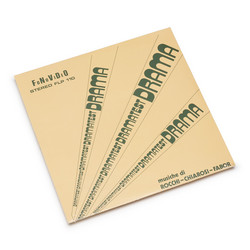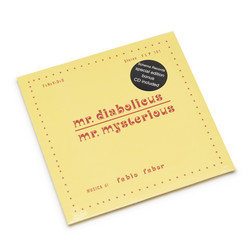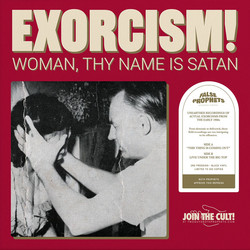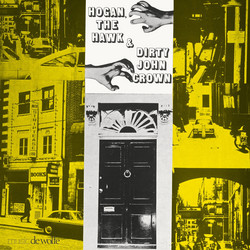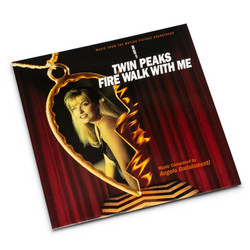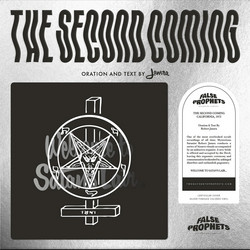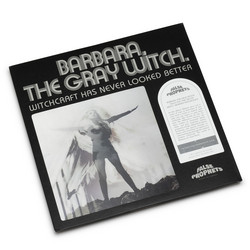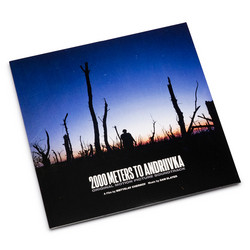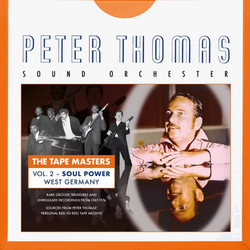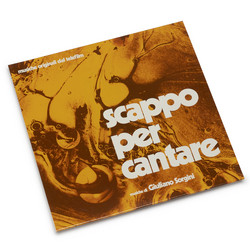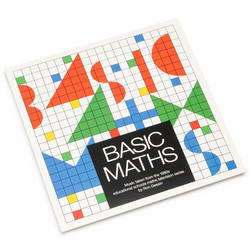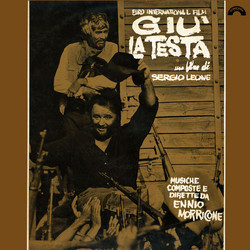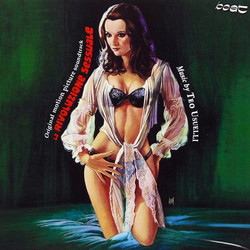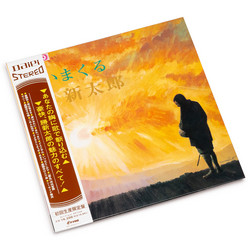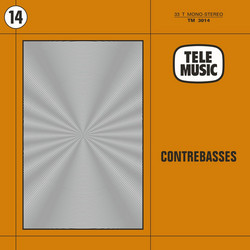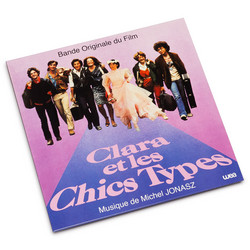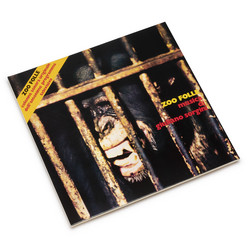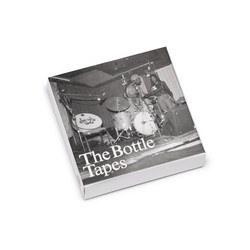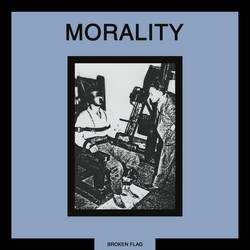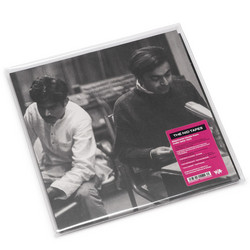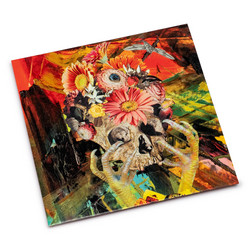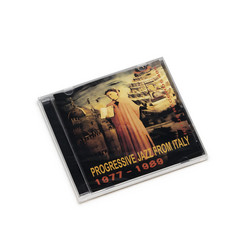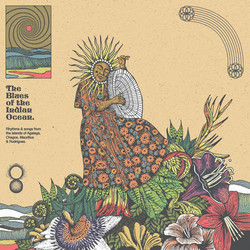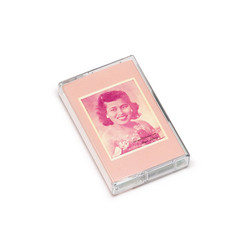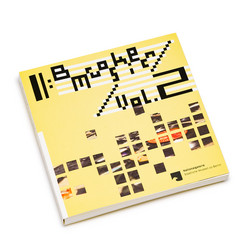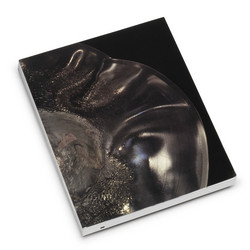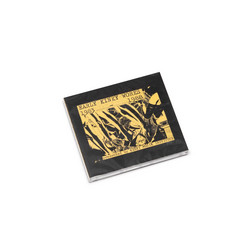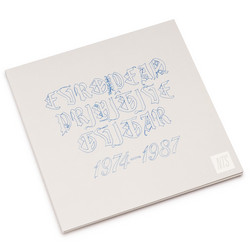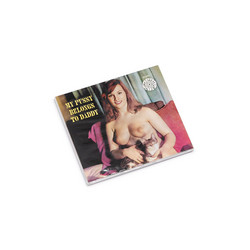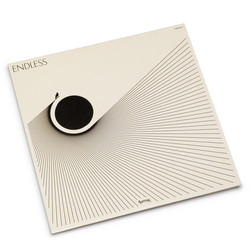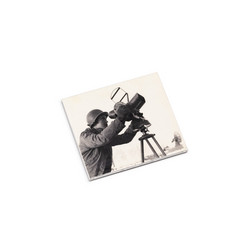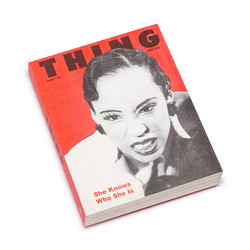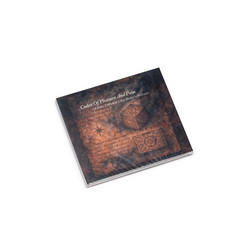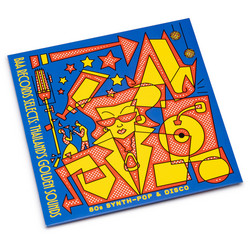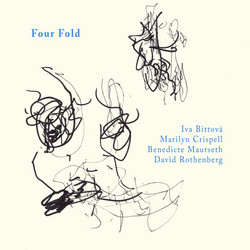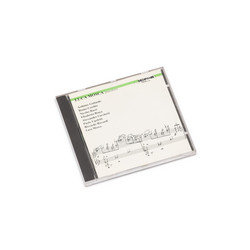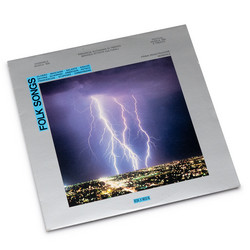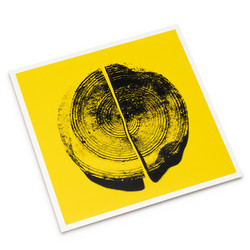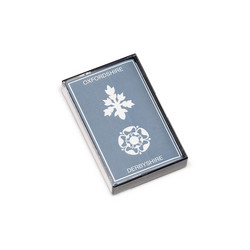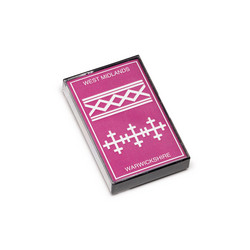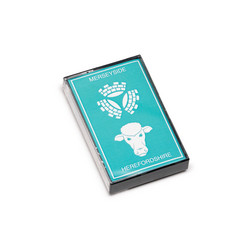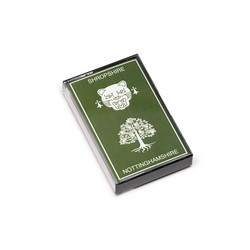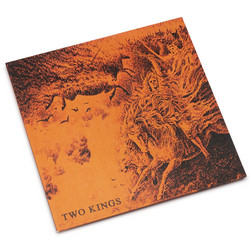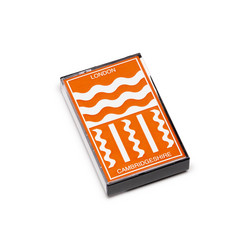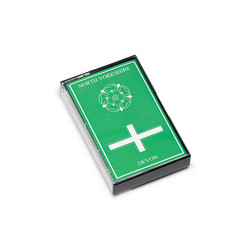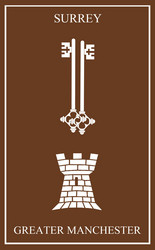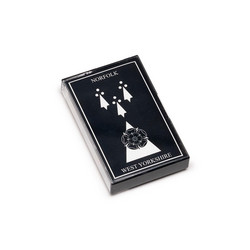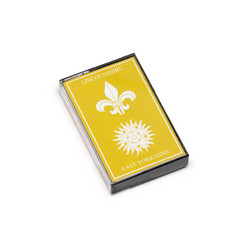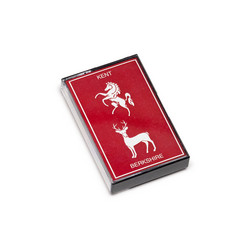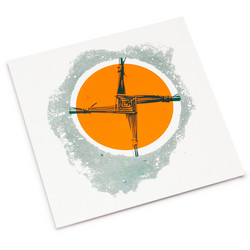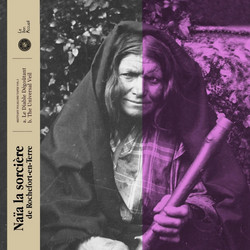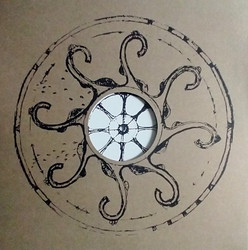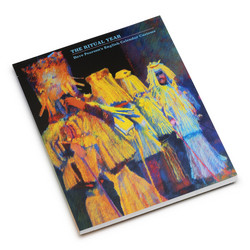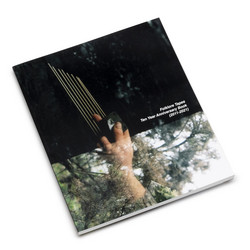For the 2023 British Textile Biennial, collaborative artists Nick Jordan and Jacob Cartwright created a new film, Larksong, and textiles installation, in Goodshaw Chapel - a nonconformist Baptist chapel established by textile workers and farm labourers in 1760. With the chapel as a central leitmotif, the film captures the surrounding landscape of cloughs, rivers and moorlands, laced with the remnants and imprints of the textile workers and industries that shaped the environment.
The musical score for the film, presented here on 12" record, has been created by musicians and artists David Chatton Barker, Mary Stark, Sam McLoughlin, Bridget Hayden and poetess Emily Oldfield. In addition to traditional instruments; recorders, piano and harmonium, sounds are derived from adapted spinning wheels, music boxes and film projectors. Larksong also features songs they have composed for the film, inspired by 18th century manuscripts from the Larks of Dean choir, and with lyrics from four gravestone inscriptions found in the chapel’s burial grounds. These recordings have been captured during a performance installation in the chapel, alongside experimental explorations in the studio. Field recordings captured in and around the chapel feature the bird calls of lark, curlew and thrush as well as wind through the trees and a trickling well.
Th collection of recordings have been stitched together into a timeless-sonic-fabric of immersive and emotional folkloric resonance, evoking a strong sense of place and echoes of layered histories. Larksong also features a new poem written and read aloud in the chapel by Emily Oldfield. The poem was written from the perspective of a chapel pew. Connecting to an emotional, tactile sense of memory, rather than the language of history, the poem weaves together social, industrial and ecological themes; ruminating upon the changing landscape, social mores and working practices that have been witnessed since the founding of the chapel.
